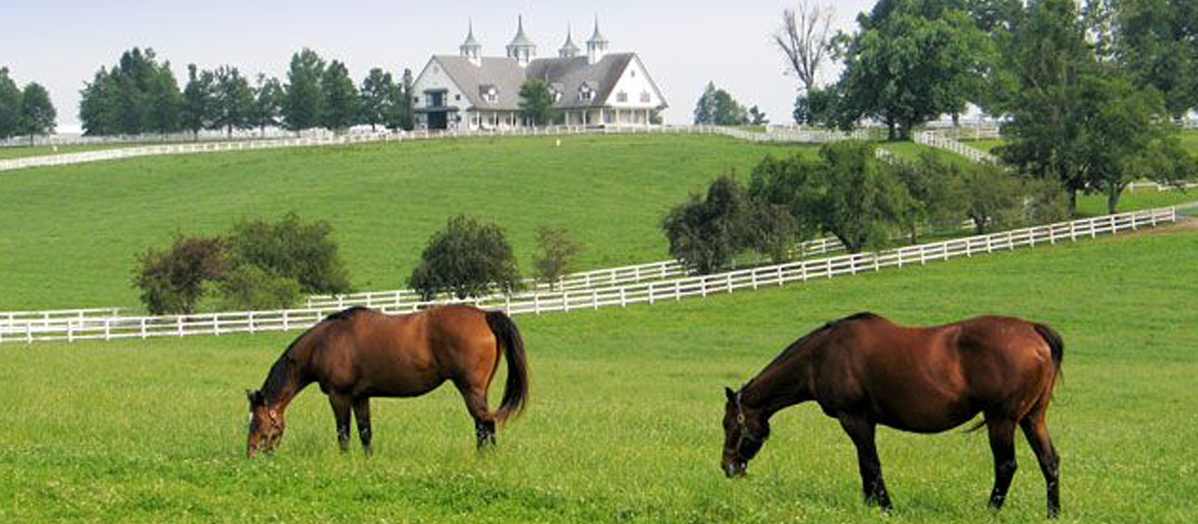365 Days in Horse Country – Craniosacral Therapy

The cranium is the part of the skull that encases the
brain. The sacrum is the bone that lies
between the lumbar and coccygeal regions.
Craniosacral therapy, then, addresses a horse’s problems from head to
tail. Originally developed for use in
people, it is one of the many alternative therapies now available to horses.
Craniosacral therapy is a hands-on treatment designed to release restricted motion of the bones of the skull, vertebral column, and pelvis, increasing mobility. It uses light finger pressure to optimize body movement, and it is said to help strengthen the central nervous system, relieve stress, and improve disease resistance. Whether or not it actually does those things, the one to two hour treatment probably feels good to the equine patient, who becomes deeply relaxed and calm. That’s good for anyone, equine or human.
Craniosacral therapy may also have other benefits. Practitioners say that restrictions in the craniosacral system can affect attitude, ability to learn, hearing, and vision. When horses are threated with this therapy, owners might see improvements in behaviour problems or positive changes in demeanor.
Craniosacral restrictions are thought to be caused by the wear and tear of being ridden and handled, the use of bits and saddles, the aches and pains of increasing age, trauma, stress, and minor injuries such as strains and sprains. Eventually, these issues can create imbalances is the body.
Craniosacral therapy has been used successfully to help problems such as head shaking, weaving, cribbing, and temporomandibular joint syndrome. Shortened strides, “hunter bumps” (the lay term for an injured sacroiliac), and back problems are other conditions that may benefit from craniosacral therapy. The touch used is so light and gentle that even horses in pain receive enjoyment from it.
The number of treatments required depends on the individual animal. Improvements are sometimes seen after only one treatment, however.
Michael







